How AI Developers Boost Customer Segmentation ROI
Learn how artificial intelligence developers transform customer segmentation with advanced algorithms, predictive analytics, and real-time personalization to boost marketing ROI and customer engagement.

The AI Revolution in Customer Data Analysis
Customer segmentation has evolved far beyond basic demographic groupings. Today's artificial intelligence developer specialists are transforming how businesses understand and categorize their customers. Traditional methods relied on manual analysis and simple rule-based systems that often missed crucial patterns in customer behavior.
Modern AI-powered segmentation analyzes thousands of data points simultaneously, uncovering hidden relationships between customer actions, preferences, and purchasing patterns. This sophisticated approach delivers segmentation accuracy that human analysts simply cannot match through manual processes.
Companies using AI-driven customer segmentation report 73% improvement in marketing campaign effectiveness compared to traditional methods. The technology processes vast amounts of customer data in real-time, identifying micro-segments that would be impossible to detect manually.
Machine Learning Algorithms for Behavioral Segmentation
Machine learning algorithms excel at identifying subtle behavioral patterns that indicate customer preferences and future actions. These systems analyze browsing history, purchase timing, interaction frequency, and engagement levels to create detailed behavioral profiles.
Clustering algorithms like K-means and hierarchical clustering help artificial intelligence developers group customers based on similar behaviors rather than just demographics. This approach reveals actionable insights about customer motivations and decision-making processes.
An artificial intelligence developer enhances customer segmentation by using machine learning algorithms to analyze multiple data points simultaneously, creating precise behavioral profiles, enabling real-time personalization, and improving marketing ROI by up to 73% through more accurate targeting and predictive analytics.
Predictive Analytics for Advanced Customer Insights
Predictive analytics powered by AI goes beyond understanding current customer behavior to forecast future actions. Artificial intelligence developers build models that predict customer lifetime value, churn probability, and purchase likelihood with remarkable accuracy.
These predictive models analyze historical data patterns to identify customers most likely to respond to specific marketing campaigns. The technology considers seasonal trends, economic factors, and individual customer journeys to make accurate predictions about future behavior.
Advanced predictive segmentation helps businesses allocate marketing budgets more effectively by focusing resources on high-value prospects and at-risk customers.
Real-Time Segmentation Updates
Traditional segmentation models required manual updates and often became outdated quickly. AI-powered systems continuously learn from new customer interactions, updating segments in real-time as behavior patterns change.
This dynamic approach ensures that customer segments remain accurate and relevant. Artificial intelligence developers design systems that automatically adjust segment definitions based on emerging trends and changing customer preferences.
Real-time updates prevent the common problem of marketing to customers based on outdated assumptions about their interests and needs.
Personalization Engine Development Through AI
Personalization engines built by artificial intelligence developers create individualized experiences for each customer segment. These systems automatically adjust website content, product recommendations, and marketing messages based on segment characteristics.
The technology analyzes customer interactions across multiple touchpoints to understand preferences and deliver relevant content. Personalization engines use collaborative filtering and content-based filtering to recommend products and services that match customer interests.
Businesses implementing AI-powered personalization see average conversion rate increases of 19% and customer satisfaction improvements of 15%.
Dynamic Content Optimization
AI systems continuously test and optimize content for different customer segments. The technology automatically adjusts messaging, images, and offers based on segment performance data.
Dynamic optimization ensures that each customer segment receives the most effective content variation. Artificial intelligence developers create systems that learn from customer responses and improve personalization over time.
This automated optimization process eliminates the need for manual A/B testing and delivers faster results than traditional marketing approaches.
Customer Journey Mapping with AI Intelligence
AI-powered customer journey mapping reveals the complete path customers take from awareness to purchase and beyond. Artificial intelligence developers create detailed visualizations that show how different segments interact with various touchpoints.
These journey maps identify critical decision points where customers are most likely to convert or abandon their purchase. The technology analyzes timing, sequence, and context of customer interactions to understand what drives successful conversions.
Advanced journey mapping helps businesses optimize each touchpoint for different customer segments, improving overall customer experience and conversion rates.
Multi-Channel Behavior Analysis
Modern customers interact with brands across multiple channels and devices. AI systems track and analyze these cross-channel behaviors to create comprehensive customer profiles.
The technology connects online and offline interactions, providing a complete view of customer behavior. Artificial intelligence developers build systems that integrate data from websites, mobile apps, social media, email, and physical stores.
This comprehensive analysis reveals how different segments prefer to interact with brands and helps optimize channel strategies for maximum effectiveness.
Data-Driven Segmentation Strategies
Data-driven segmentation moves beyond intuition to use concrete evidence for customer grouping decisions. Artificial intelligence developers analyze purchase history, engagement metrics, demographic data, and behavioral patterns to create evidence-based segments.
The approach uses statistical analysis to identify the most significant factors that differentiate customer groups. This method ensures that segments are based on meaningful differences rather than arbitrary characteristics.
Data-driven strategies typically identify 40% more actionable segments than traditional demographic-based approaches.
Automated Segment Discovery
AI systems can automatically discover new customer segments without human intervention. The technology analyzes customer data to identify natural groupings and emerging trends.
Automated discovery helps businesses stay ahead of changing customer preferences and market conditions. Artificial intelligence developers create systems that continuously monitor customer behavior for new segmentation opportunities.
This proactive approach ensures that businesses don't miss emerging customer segments that could represent significant growth opportunities.
Conversion Rate Optimization Through Smart Segmentation
Smart segmentation dramatically improves conversion rates by delivering the right message to the right customer at the right time. Artificial intelligence developers create systems that automatically adjust marketing approaches based on segment characteristics and behavior patterns.
The technology analyzes which messages, offers, and channels work best for each segment. This analysis helps businesses optimize their marketing spend and improve campaign performance across all customer groups.
Companies using AI-powered segmentation see average conversion rate improvements of 25% compared to traditional approaches.
Targeted Campaign Performance
AI systems continuously monitor and optimize campaign performance for different customer segments. The technology automatically adjusts targeting parameters, messaging, and timing based on real-time performance data.
This automated optimization ensures that marketing campaigns maintain peak performance throughout their duration. Artificial intelligence developers build systems that learn from campaign results and apply insights to future campaigns.
Targeted optimization reduces wasted ad spend and improves return on marketing investment across all customer segments.
Implementation Best Practices for AI Segmentation
Successful AI segmentation implementation requires careful planning and execution. Artificial intelligence developers recommend starting with clear business objectives and ensuring data quality before implementing advanced segmentation models.
The process begins with data collection and cleaning to ensure accurate analysis. High-quality data is essential for reliable segmentation results and meaningful customer insights.
Organizations should also invest in proper training for marketing teams to effectively use AI-powered segmentation tools and interpret results correctly.
Measuring Segmentation Success
Effective measurement is crucial for demonstrating the value of AI-powered customer segmentation. Key metrics include segment performance, conversion rates, customer lifetime value, and campaign ROI.
Regular analysis of these metrics helps businesses understand which segments are most valuable and which strategies are most effective. Artificial intelligence developers create dashboards that provide clear visibility into segmentation performance and business impact.
Continuous measurement and optimization ensure that AI segmentation systems deliver maximum value and return on investment for businesses of all sizes.
The future of customer segmentation lies in the hands of skilled artificial intelligence developers who understand both technology and business needs. Their expertise transforms raw customer data into actionable insights that drive growth and improve customer relationships.






































































![UGREEN FineTrack Smart Tracker With Apple Find My Support Drops to $9.99 [50% Off]](https://www.iclarified.com/images/news/97529/97529/97529-640.jpg)

![Apple Planning Futuristic 'Glasswing' iPhone With Curved Glass and No Cutouts [Gurman]](https://www.iclarified.com/images/news/97534/97534/97534-640.jpg)

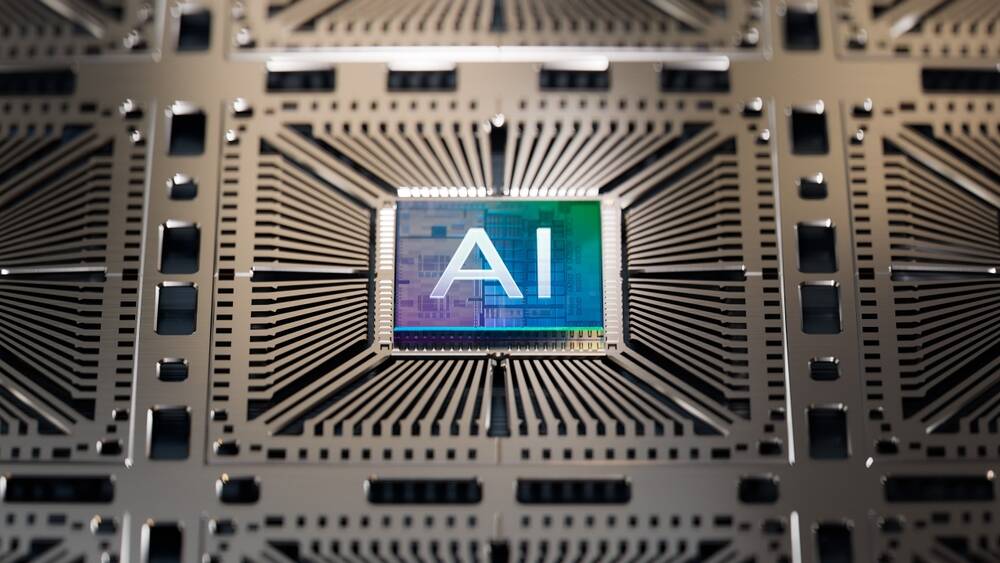













![What Google Messages features are rolling out [June 2025]](https://i0.wp.com/9to5google.com/wp-content/uploads/sites/4/2023/12/google-messages-name-cover.png?resize=1200%2C628&quality=82&strip=all&ssl=1)






























































































_sleepyfellow_Alamy.jpg?width=1280&auto=webp&quality=80&disable=upscale#)


_Michael_Vi_Alamy.jpg?width=1280&auto=webp&quality=80&disable=upscale#)




























































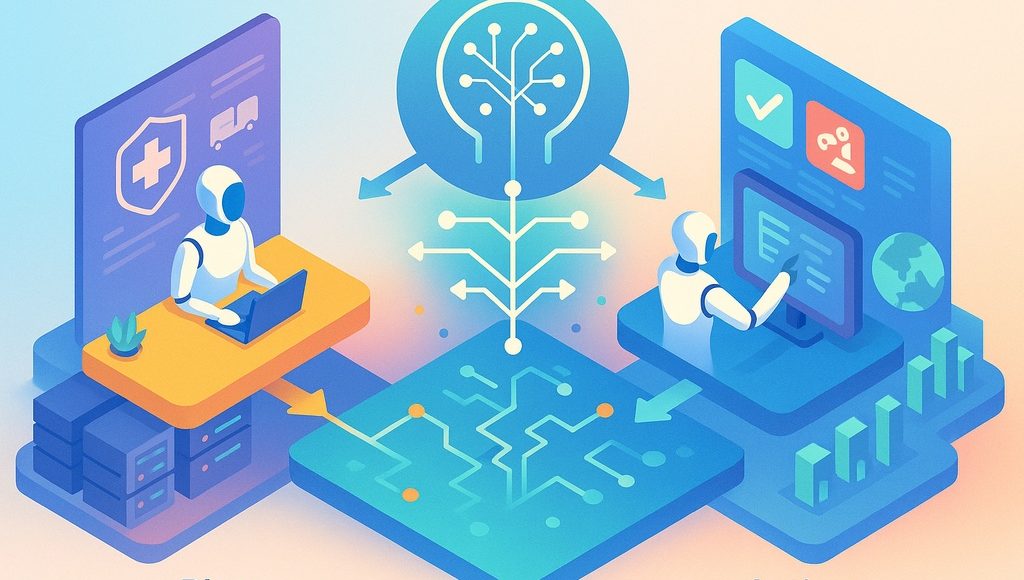
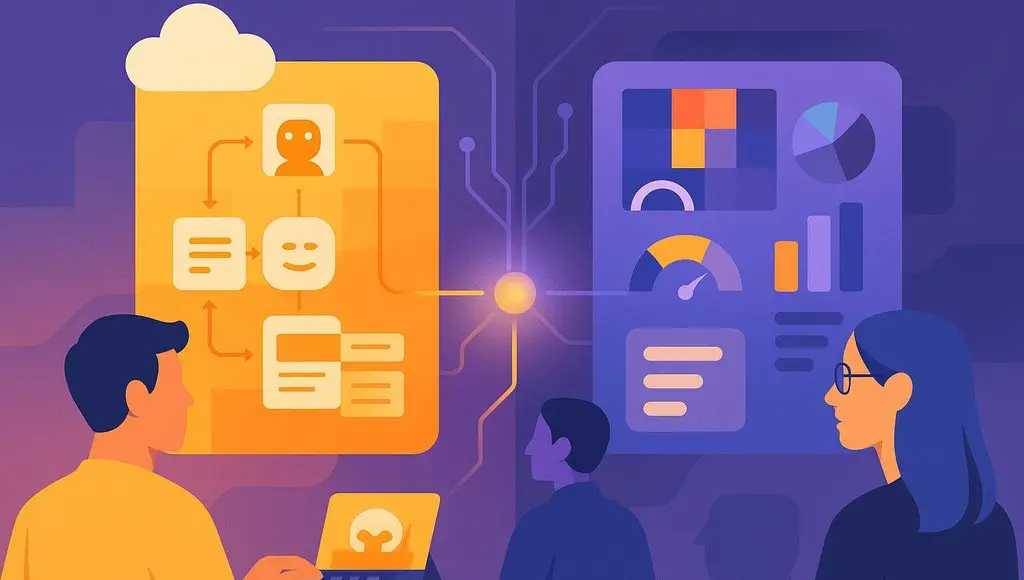


















































![[The AI Show Episode 151]: Anthropic CEO: AI Will Destroy 50% of Entry-Level Jobs, Veo 3’s Scary Lifelike Videos, Meta Aims to Fully Automate Ads & Perplexity’s Burning Cash](https://www.marketingaiinstitute.com/hubfs/ep%20151%20cover.png)











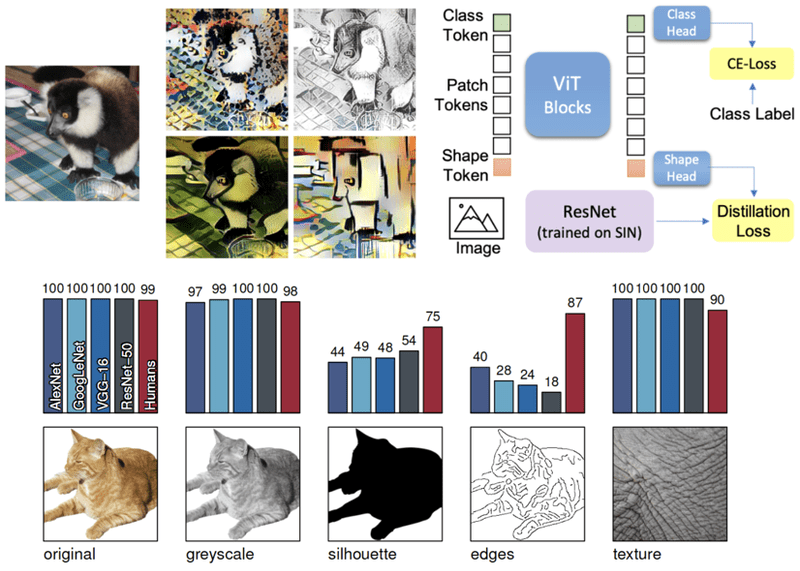



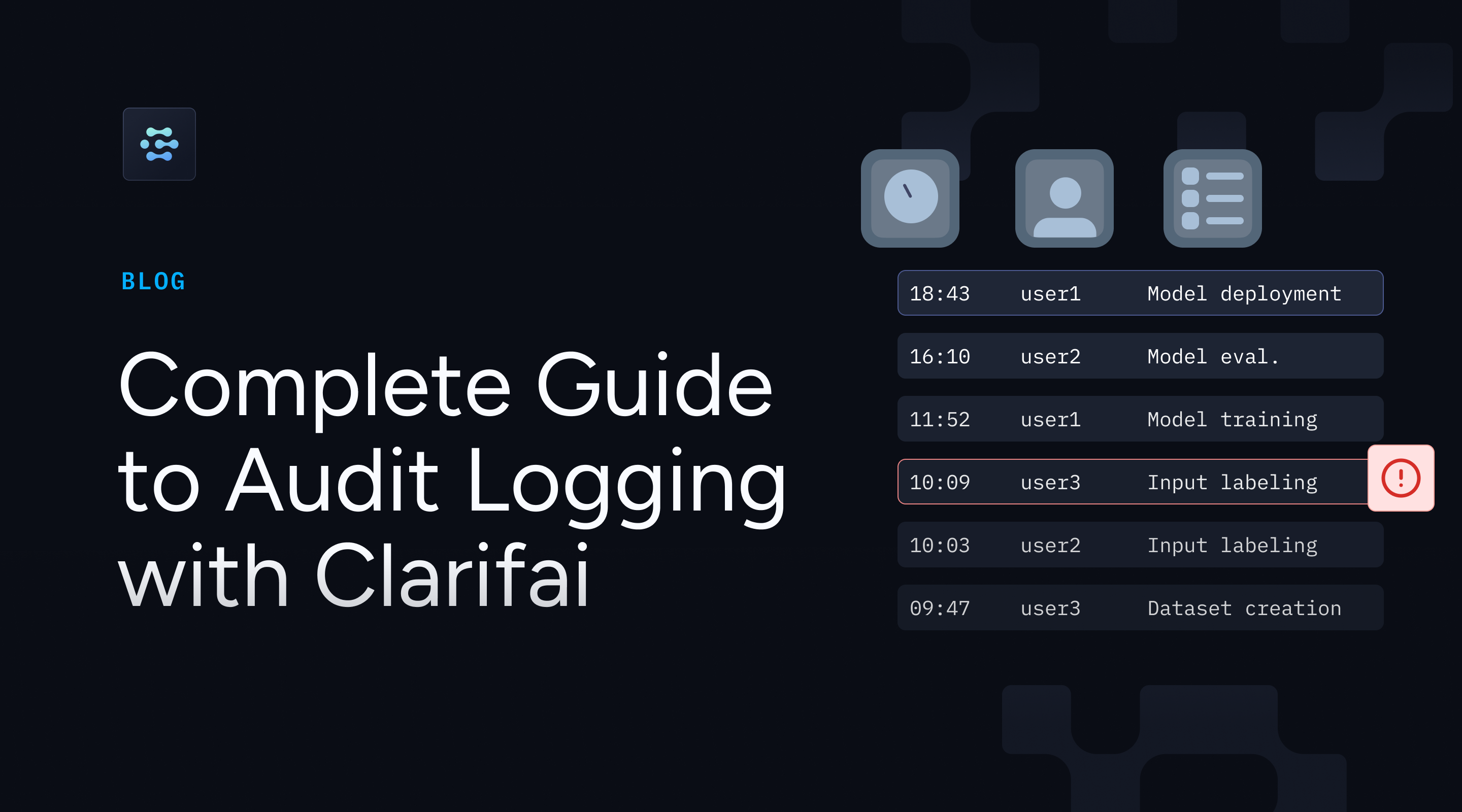


























































































![[DEALS] Internxt Cloud Storage: Lifetime Subscription (85% off) & Other Deals Up To 98% Off – Offers End Soon!](https://www.javacodegeeks.com/wp-content/uploads/2012/12/jcg-logo.jpg)


















































![From electrical engineering student to CTO with Hitesh Choudhary [Podcast #175]](https://cdn.hashnode.com/res/hashnode/image/upload/v1749158756824/3996a2ad-53e5-4a8f-ab97-2c77a6f66ba3.png?#)



















.png?width=1920&height=1920&fit=bounds&quality=70&format=jpg&auto=webp#)



.jpg?width=1920&height=1920&fit=bounds&quality=70&format=jpg&auto=webp#)






































































